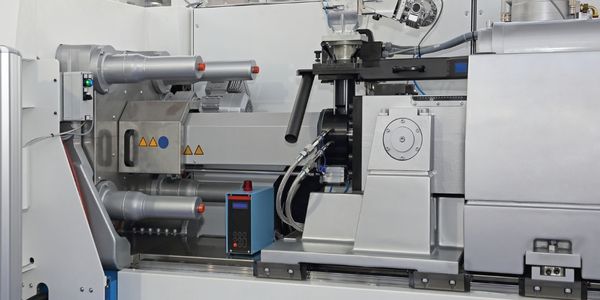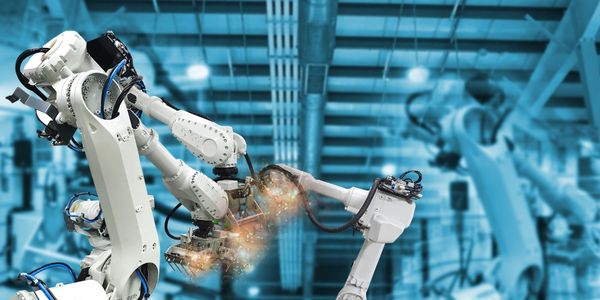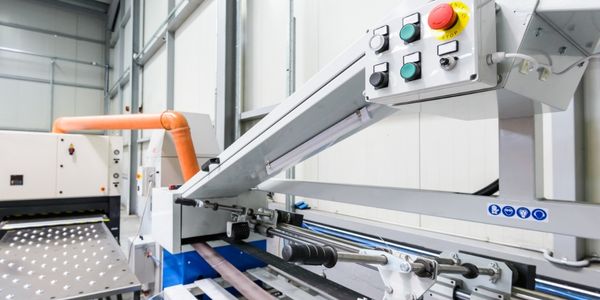Customer Company Size
Large Corporate
Region
- Europe
Country
- Germany
Product
- Denodo Platform
Tech Stack
- Data Virtualization
- Big Data Analytics
- Cloud Systems
Implementation Scale
- Enterprise-wide Deployment
Impact Metrics
- Productivity Improvements
- Digital Expertise
- Energy Saving
Technology Category
- Platform as a Service (PaaS) - Data Management Platforms
- Analytics & Modeling - Big Data Analytics
Applicable Functions
- Discrete Manufacturing
- Business Operation
Use Cases
- Manufacturing System Automation
- Energy Management System
Services
- Data Science Services
About The Customer
Festo is a world-leading supplier of automation technology and technical education. The company deploys its products and services to help customers implement smart production capabilities while going digital. An independent, family-owned company established in 1925 and based in Esslingen a.N., Germany, Festo has been a driving force in automation for over 60 years. With its unique range of offers, Festo has grown to become the world leader in technical education. 300,000 customers worldwide in factory and process automation put their trust in the company’s pneumatic and electric drive solutions. In addition, Festo Didactic provides state-of-the-art training solutions for industrial companies and educational institutions throughout the world.
The Challenge
Festo, a leading supplier of automation technology and technical education, was looking to optimize operational efficiency, automate manufacturing processes, and deliver on-demand services to its business consumers. This included finding smarter ways to streamline how the company aggregates and analyzes data. Festo also needed its business users to become self-sufficient with reporting and analysis and reduce their reliance on IT for preparing and surfacing the data they need. In addition, Festo's business teams had launched strategic projects to maximize energy efficiency, and they needed to be able to provide instant visibility on energy usage directly to the shop floor teams. However, Festo was challenged in finding an agile and robust way to integrate the data from the existing silos, which included the data warehouse, machine data sources, and other sources, in a way that would reduce the reliance on IT by the business users while providing the quick turnaround and flexibility that the users were demanding.
The Solution
The Festo Big Data team developed a Big Data Analytics Framework to provide a data marketplace to better support the business. Using the Denodo Platform, this framework integrates data from numerous on-premises and cloud systems, including streaming data, machine data, and data-at-rest, and provides access to the integrated data in real time. Because the framework establishes a unified access layer, it provides consistent data access and governance across the different silos of data. As a result, business users now have easy access to all the data they need, when they need it. To meet the demands of the business and deliver speed, flexibility, and agility, Festo implemented the Denodo Platform as a key component within the Big Data Analytics Framework. The logical layer delivered by the Denodo Platform provides virtual views that are tailored for business analysts, data scientists, and developers across multiple departments.
Operational Impact

Case Study missing?
Start adding your own!
Register with your work email and create a new case study profile for your business.
Related Case Studies.

Case Study
Plastic Spoons Case study: Injection Moulding
In order to meet customer expectations by supplying a wide variety of packaging units, from 36 to 1000 spoons per package, a new production and packaging line needed to be built. DeSter wanted to achieve higher production capacity, lower cycle time and a high degree of operator friendliness with this new production line.

Case Study
Robot Saves Money and Time for US Custom Molding Company
Injection Technology (Itech) is a custom molder for a variety of clients that require precision plastic parts for such products as electric meter covers, dental appliance cases and spools. With 95 employees operating 23 molding machines in a 30,000 square foot plant, Itech wanted to reduce man hours and increase efficiency.

Case Study
Fully Automated Visual Inspection System
Tofflon has developed a fully automatic machine that uses light to inspect vials, medicine bottles, or infusion containers for glass fragments, aluminum particles, rubber grains, hairs, fibers, or other contaminants. It also detects damaged containers with cracks or inclusions (microscopic imperfections), automatically removing faulty or contaminated products. In order to cover all production processes for freeze-dried pharmaceuticals, Tofflon needed to create an open, consistent, and module-based automation concept.

Case Study
SAP Leonardo Enabling Rocket Science
At times, ULA has as many as 15 different operating systems dedicated to overlapping processes, such as rocket design, testing, and launch. Multiple systems created unnecessary costs and unwanted confusion among workers at offices, factories, and launch sites in different location. In order to improve collaboration and transparency during vital activities that directly influence mission success, ULA wanted to improve data sharing and streamline manufacturing processes.

Case Study
Driving Network Efficiency and Fraud Detection Efforts
Baltimore Gas and Electric Company (BGE) wanted to optimize the deployment and ongoing health of its advanced metering infrastructure (AMI) network and identify and reduce unbilled energy usage. BGE wanted a solution to deliver an annual economic benefit of $20 million.

Case Study
IIC Smart Manufacturing Connectivity for Brown-field Sensors
The discrete manufacturing domain is characterized by a strictly hierarchical structure of the automation systems, commonly referred to as the automation pyramid. Data acquired by a sensor typically flows through an IO-module into a Programmable Logic Controller (PLC) which manages the local real-time control system. As all process data are concentrated in the PLC, re-programming the PLC and thus, implementing interfaces to access these data appear to be the natural choice to transfer them to the IT system. However, for brownfield installations this choice has proven impracticable for the following two reasons:In brownfield facilities, PLC usually operate within a once-specified environment and are rarely re-programmed. That is why the active staff is often not familiar with the code and lacks of the competence to modify the existing implementation in a reasonable amount of time.Furthermore, for cost reasons, any PLC was selected to exactly match the requirements of the environment within which it was intended to operate. That is why it cannot be assumed that a PLC will be able to support additional tasks such as communicating data through additional interfaces.







